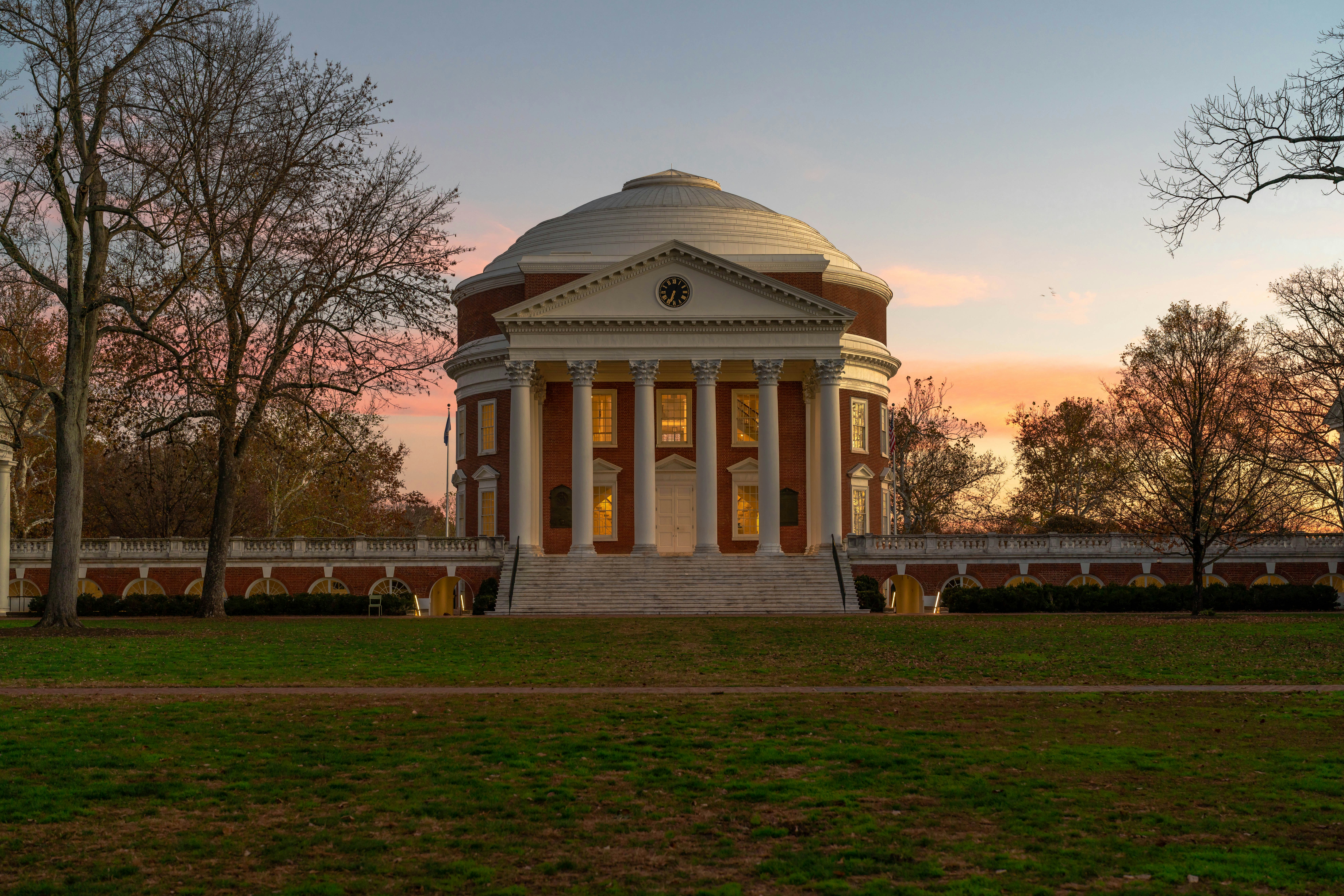In the United States, whether or not you can access abortion often comes down to one question: can you afford it? The Equal Access to Abortion Coverage in Health Insurance (EACH) Act aims to fix that. Introduced by Rep. Ayanna Pressley (D-MA-7) and Senator Tammy Duckworth (D-IL), the bill would end decades of federal restrictions that deny abortion coverage to people based on how they are insured, which disproportionately harms low-income communities and women of color.
Since 1976, the Hyde Amendment has barred federal funds from covering abortion except in limited cases of rape, incest, or life endangerment. Passed annually as part of congressional budget negotiations, Hyde has served as the foundation for a patchwork of federal abortion coverage bans that disproportionately affect people with low incomes.
These bans apply to millions of people who receive health insurance through the federal government, including Medicaid, Medicare, TRICARE, the Veterans Administration, the Federal Bureau of Prisons, and the Indian Health Service. As a result, those enrolled in public insurance programs are often forced to pay out of pocket for abortion care or carry an unwanted pregnancy to term.
The harm is not theoretical. More than 34 states follow Hyde restrictions in their Medicaid programs, denying coverage for abortion except under the narrowest exceptions. As a result, 55 percent of reproductive-age women on Medicaid live in states that deny abortion coverage beyond rape, incest, or life endangerment. Over half of these women are people of color.
Research from the Center for Reproductive Rights shows that abortion coverage bans force one in four low-income people seeking abortions to continue their pregnancies. Many are pushed deeper into poverty. Others are forced to delay care while trying to gather the money, often hundreds of dollars, they need to access a safe, legal procedure.
This is not a side effect. It is the point. In 1977, Rep. Henry Hyde, author of the amendment, openly said: “I certainly would like to prevent, if I could legally, anybody having an abortion, a rich woman, a middle-class woman, or a poor woman. Unfortunately, the only vehicle available is the Medicaid bill.”
The EACH Act offers a clear solution. It restores and protects abortion coverage for everyone, regardless of how they are insured.
The bill lifts federal restrictions on abortion coverage, guaranteeing that anyone who receives care or insurance through the federal government can access abortion services. It also prevents lawmakers from interfering with abortion coverage in private insurance plans, including those sold on the Affordable Care Act marketplaces. As All* Above All explains, this would help roll back harmful restrictions that currently exist in many states and return control to patients and providers.
The bill aligns with a growing call from reproductive health advocates to center equity in abortion access. As Power to Decide explains, the EACH Act protects people most affected by systemic racism, economic insecurity, and gaps in health care access, ensuring that abortion is a real option, not just a theoretical right. The Center for Reproductive Rights underscores that lifting coverage bans is essential to breaking cycles of financial distress and poor health outcomes that currently trap people denied reproductive choice.
At the same time, the EACH Act faces predictable political resistance. Opponents of repealing the Hyde Amendment have long argued that it protects taxpayers from funding abortion, a position that continues to influence both federal and state-level policymaking. The Hyde Amendment has been renewed annually since 1976, and despite growing support for its repeal, it remains what The Atlantic called “an unassailable fixture of American budget politics.” In early 2024, some members of Congress introduced legislation to make Hyde permanent, arguing that removing it would overstep federal authority and violate conscience protections.
Abortion is health care, but without insurance coverage, that care becomes unaffordable and inaccessible for millions. The EACH Act recognizes that the right to an abortion means little if you cannot afford one. It could bring the country closer to a future where decisions about pregnancy are guided by personal values, not financial hardship or political interference.
When people are forced to carry pregnancies against their will because their insurance does not cover abortion, the consequences ripple through every part of their lives. Economic stability, mental and physical health, and family wellbeing all suffer. As the Center for Reproductive Rights makes clear, abortion coverage bans trap people in poverty and punish them for seeking care. Supporters argue that the EACH Act would help dismantle these barriers and protect the ability of individuals to make decisions that are right for them and their families.
Senator Duckworth described the bill as a step toward guaranteeing abortion coverage for millions of Americans. Power to Decide called it a critical piece of legislation to protect those who are most often pushed to the margins. And All* Above All frames it as central to the fight for abortion justice.
Passing the EACH Act will not undo every injustice in reproductive care, but abortion advocates say it will bring us closer to a future where your zip code, your paycheck, and your insurance card do not determine your access to abortion.













